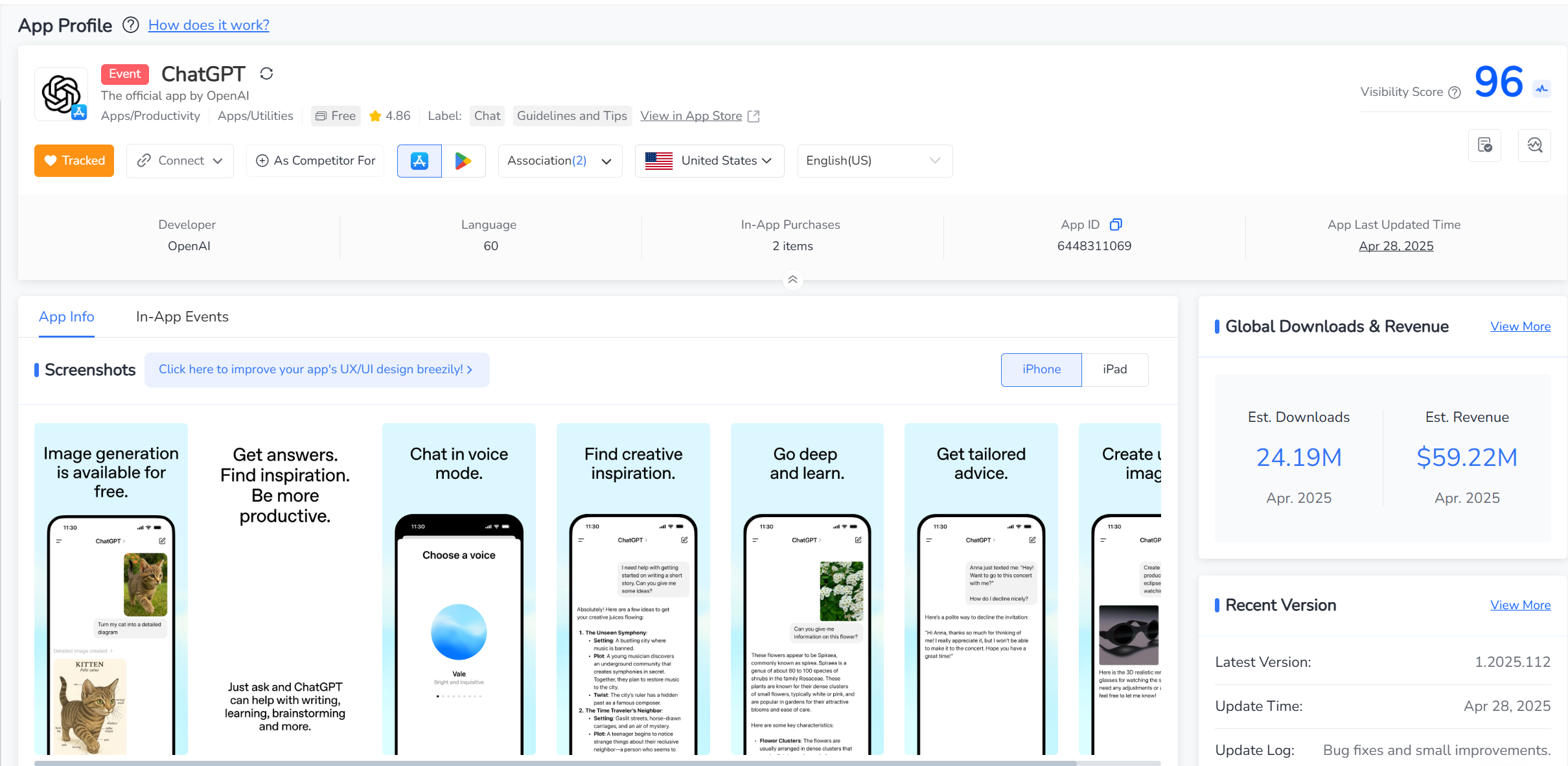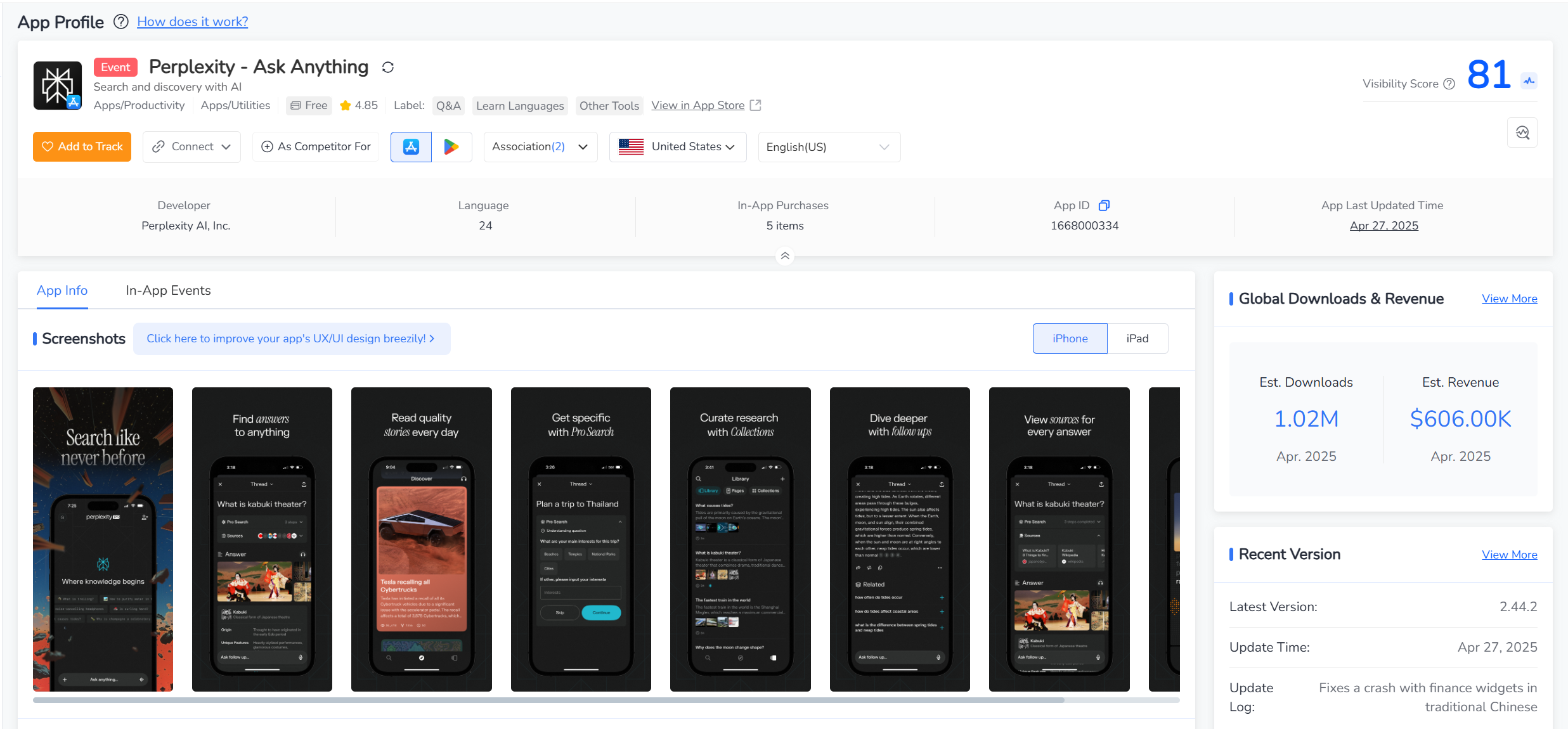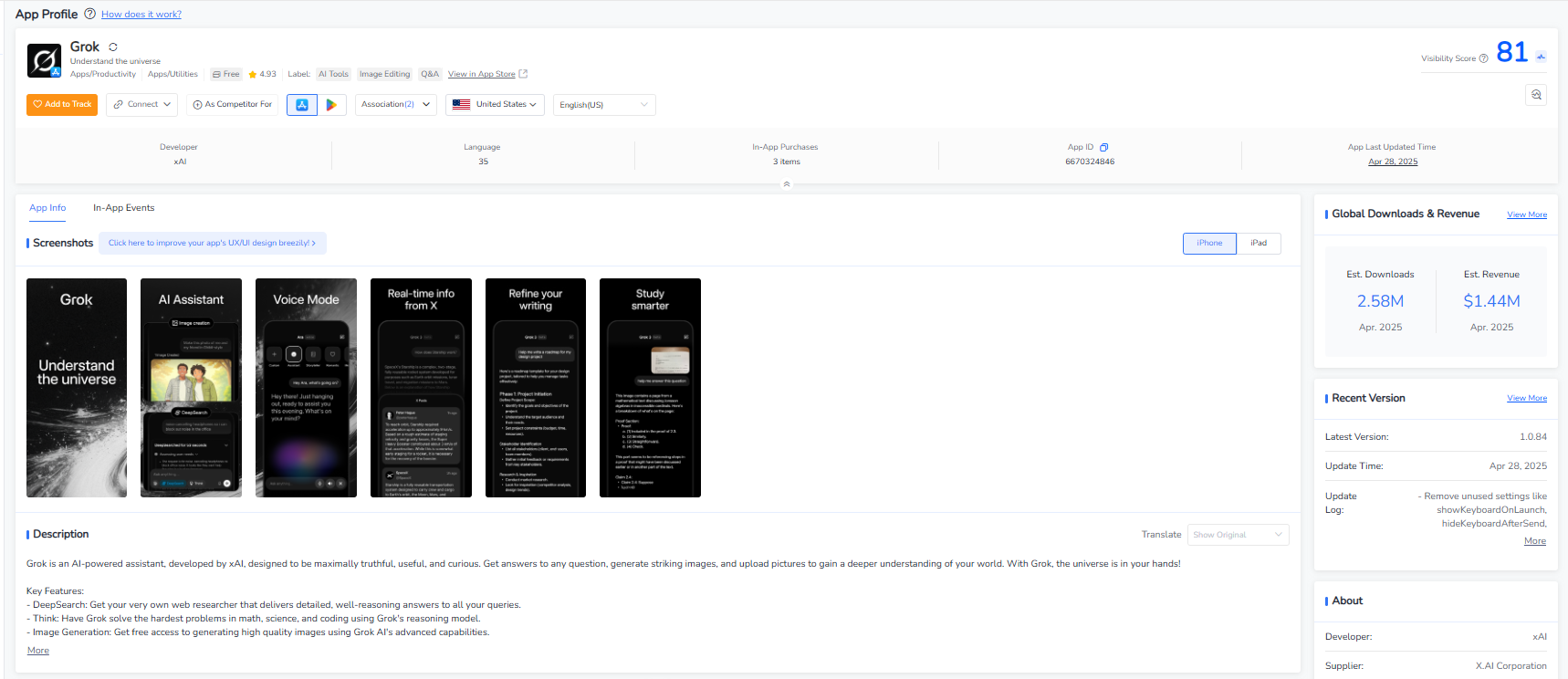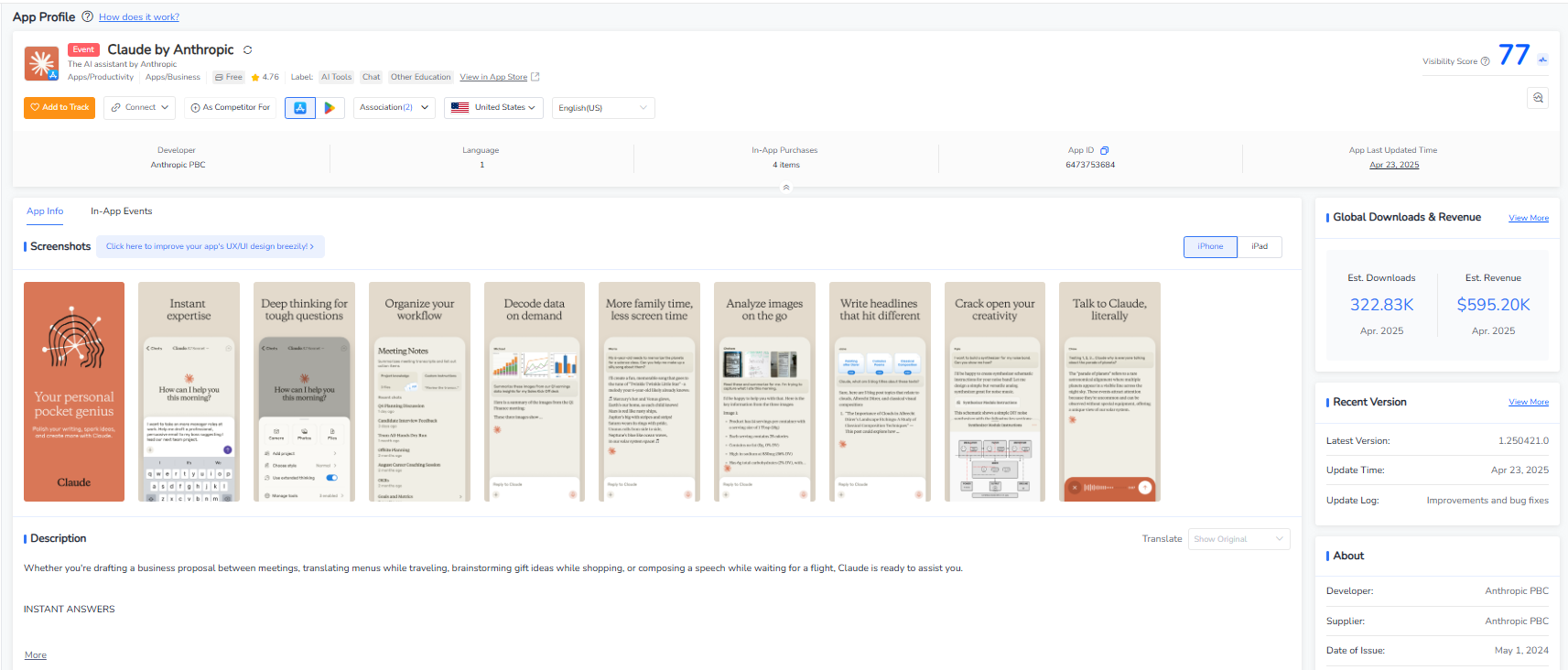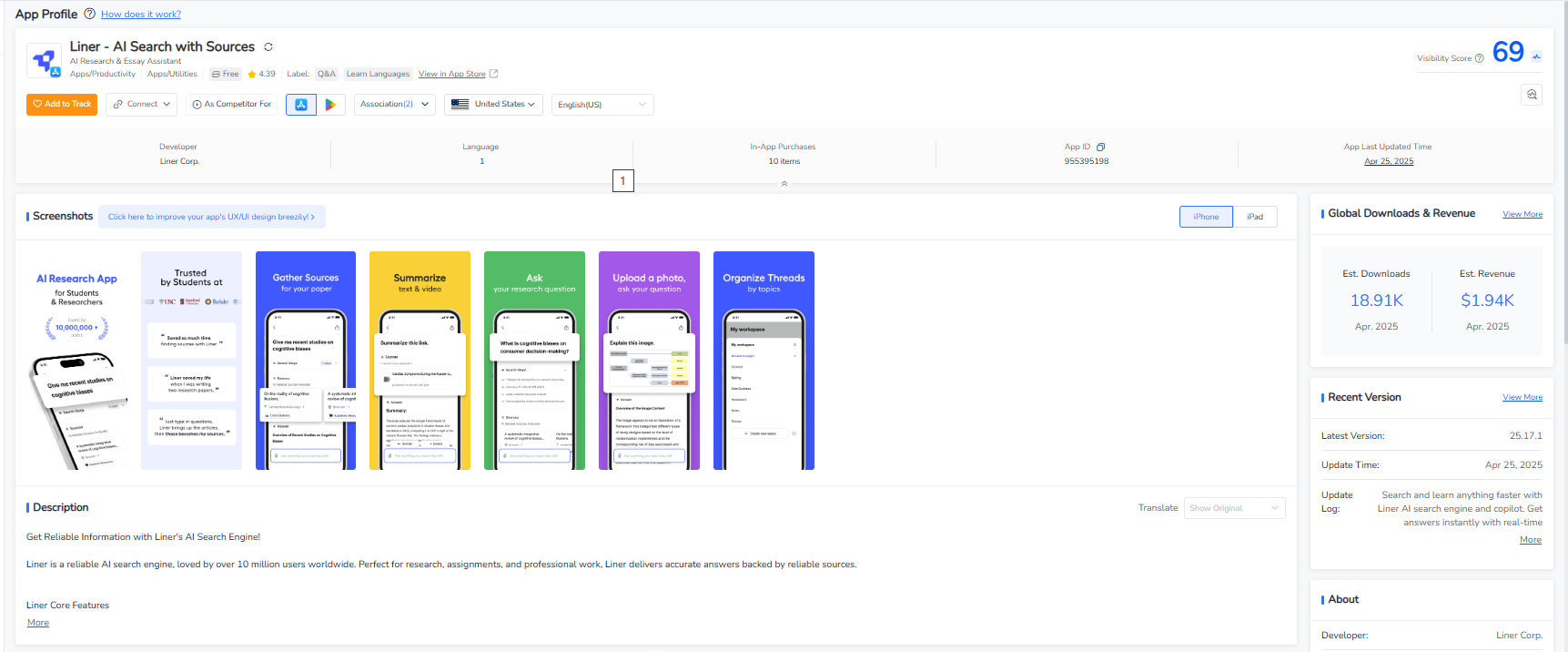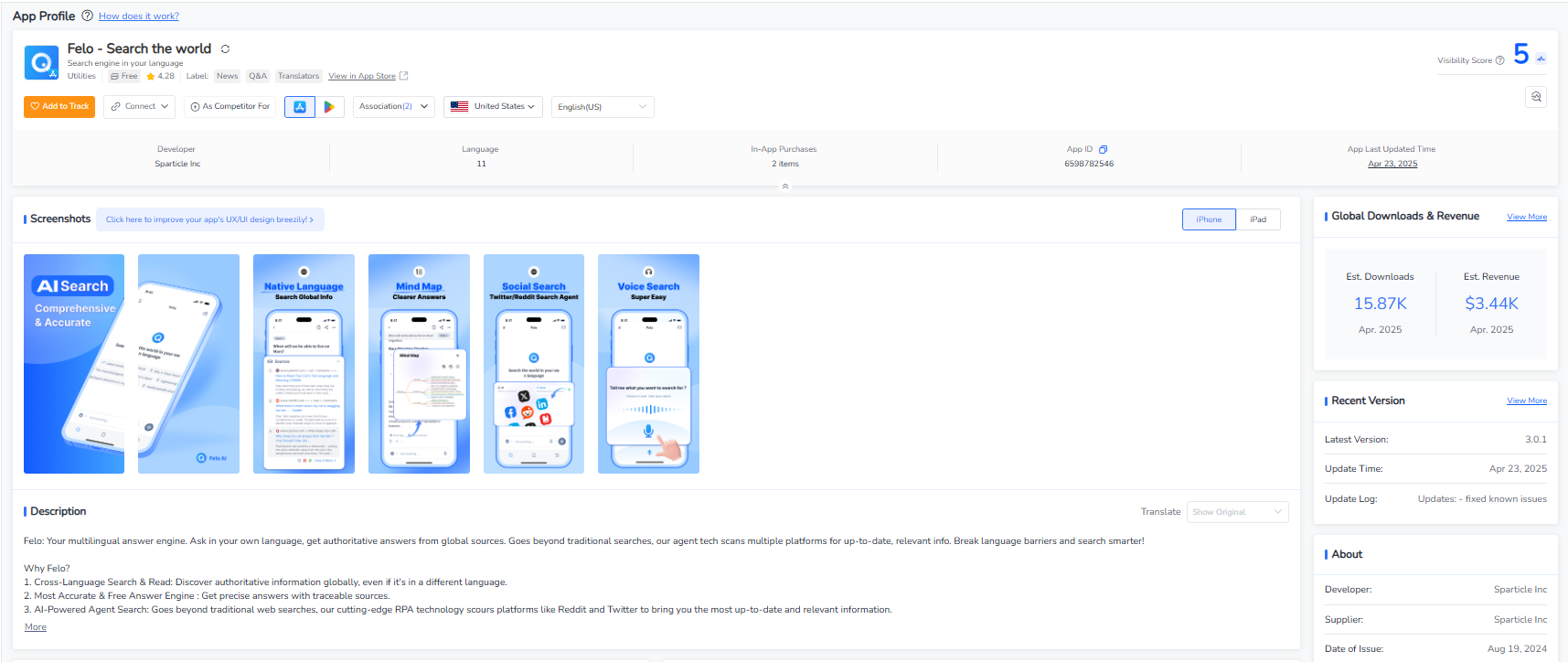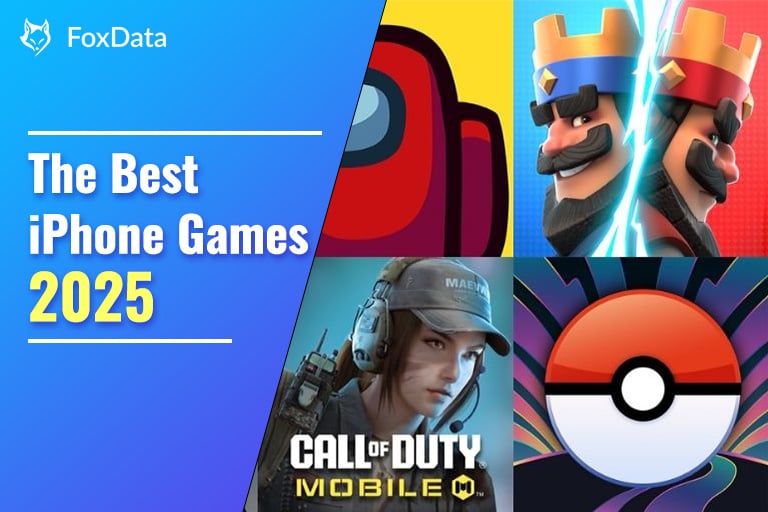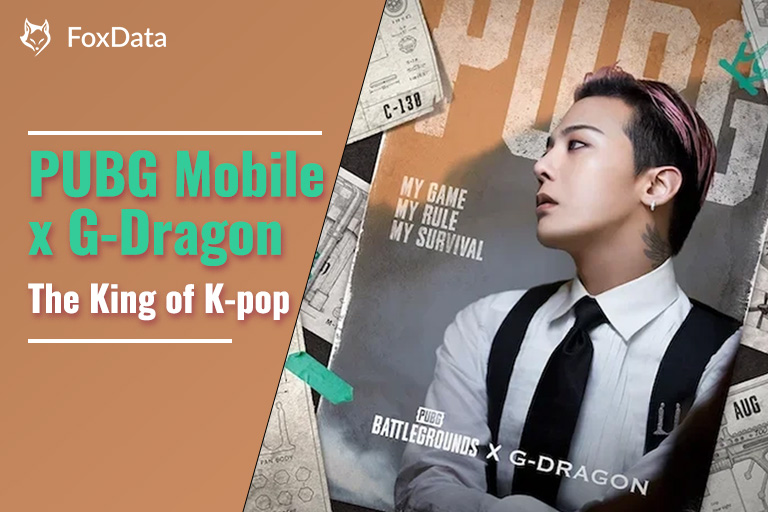Top 100 AI Tools 2025: ChatGPT Maintains Dominance Amid Heated Competition From 233 Apps
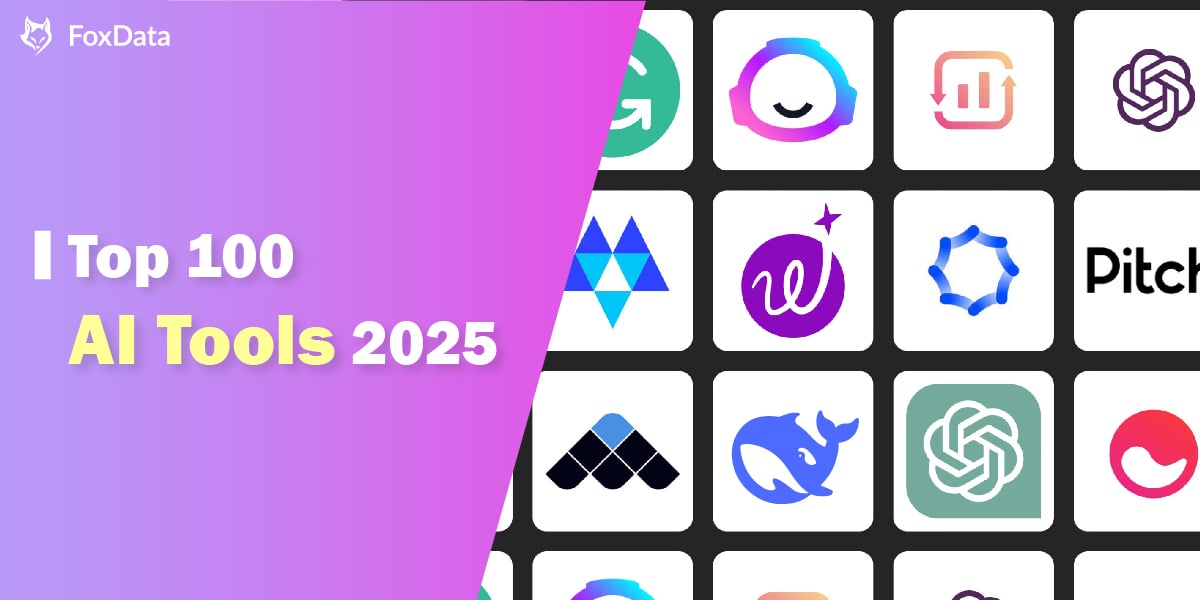
As generative AI cements itself as the new software layer of the world, the pace of algorithmic transformation is reaching breakneck speed in 2024.
According to data, over 1.1 billion users globally interact with AI-driven applications monthly, and the number of active AI tools has exceeded 2500—doubling from the previous year.
Productivity is no longer merely enhanced by technology; it is fundamentally rewired by cognition.Against this backdrop, mastering cutting-edge AI tools has become an existential necessity, not a strategic luxury.
Drawing from FoxData's authoritative intelligence matrix, we have rigorously analyzed the top 10 breakthrough AI tools poised to define 2025, while extracting key insights from the broader "Top 100 AI Tools of 2024" landscape.
From cognitive amplification to autonomous decision-making, cross-modal creation to enterprise-grade applications, these tools are not just reshaping processes—they are redrawing the frontiers of human intelligence.
ChatGPT Maintains Dominance for Three Years: The 2024 Global Top 100 AI Tools Ranking
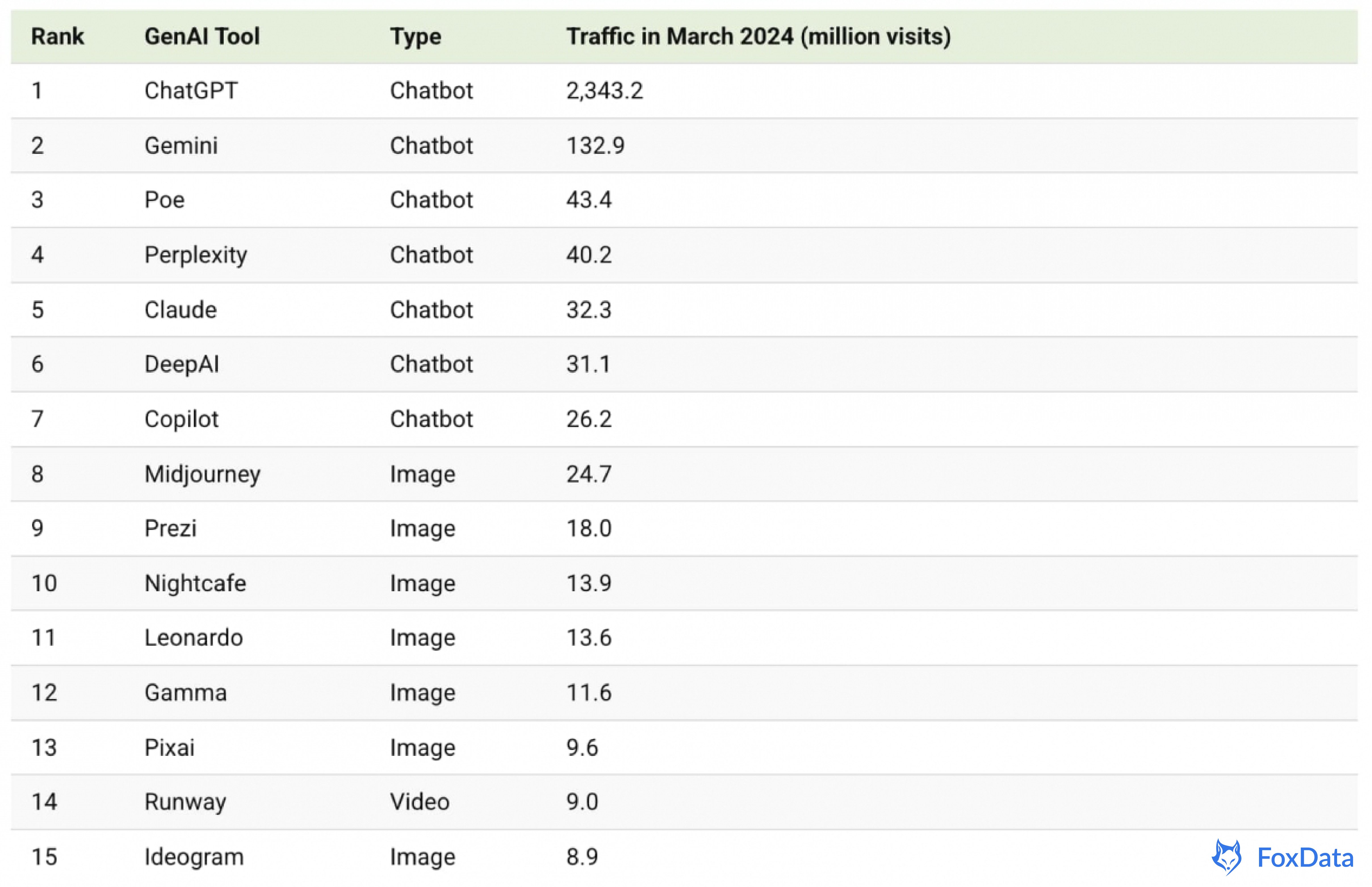
Unveiling the Top 15 Globally Utilized AI Tools
We observe that ChatGPT continues to dominate, boasting impressive user activity. Currently, ChatGPT's usage far surpasses Gemini, the runner-up, by a margin exceeding 15 times. With approximately 2 billion monthly uses, ChatGPT maintains its leading position among AI tools.
Beyond utility-focused AI, we also see entertainment-oriented AI tools, such as Character.AI, holding a strong third position. Liner, a recently developed writing assistant, secures the fourth spot, emerging as a rising star.
Quillbot, a grammar-checking tool popular among English users, ranks fifth.
Following these, productivity management tools are gaining traction, including meeting recorders, summarizers, and content aggregators. These tools effectively reduce operational time for businesses, contributing to their popularity.
In terms of popular AI tools within apps, we've observed that, besides chatbot applications, photo editors and educational AI tools are also highly favored.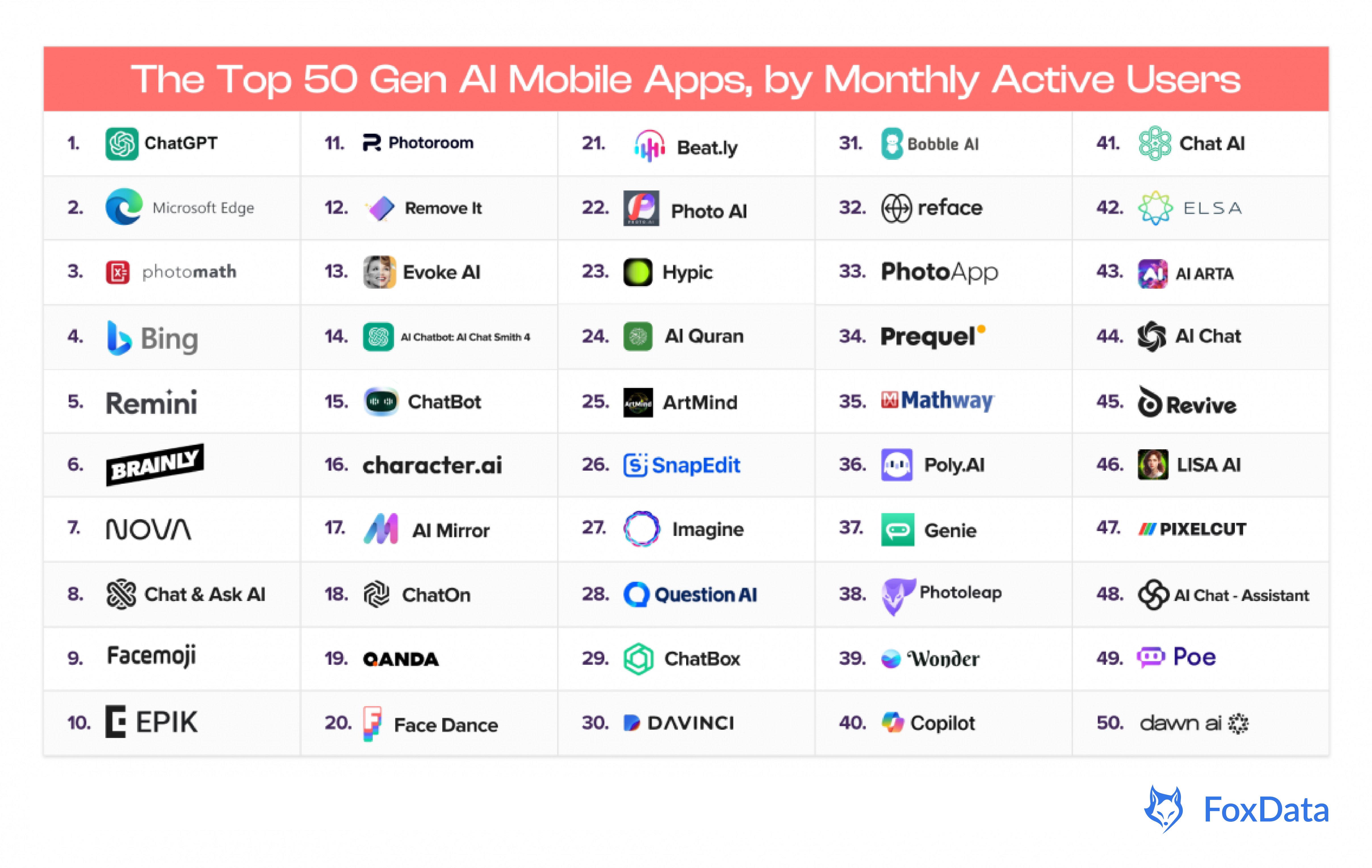 Top 50 Web-Based AI Tools Globally in 2024
Top 50 Web-Based AI Tools Globally in 2024 Top 50 Mobile AI Tools Globally in 2024
Top 50 Mobile AI Tools Globally in 2024
Analyzing the global top 100 trends for 2024, approximately a quarter originated from startups, highlighting the emergence of numerous unicorn companies leveraging new AI technologies.
Top 6 Practical AI Tools Recommended for 2025
● ChatGPT: The Multimodal "Swiss Army Knife"
Functional Architecture: Semantic Understanding + Cross-Modal Generation Engine
As a "Turing test benchmark" in the language model field, ChatGPT 4.0 builds a multidimensional context understanding framework through 175 billion parameters, supporting full-stack tasks from SEO strategy analysis to code generation. Its deep coupling with DALL·E 3 enables text-visual cross-modal collaboration (such as automatic image generation), but it should be noted that its "hallucination risk" (inaccuracy rate of about 12%) still requires manual verification.
Common Scenarios: Students writing papers/Professionals handling emails
"Code-Writing Paper Assistant": When you need to rush a paper, input "Please explain the relationship between quantum computing and blockchain in three sentences," and ChatGPT will call DALL·E 3 to generate a schematic diagram while outputting an academic-level summary. However, it should be noted that it may say that "the metaverse market size in 2025" will "exceed 10 trillion" - after all, its knowledge base is only updated to 2024.
Technical Anchors: 175 billion parameters build a multimodal understanding framework, supporting SEO strategy analysis, Python script generation, but requires manual verification of timeliness information (hallucination risk of about 12%).
● Gemini: Google's "Cognitive Operating System"
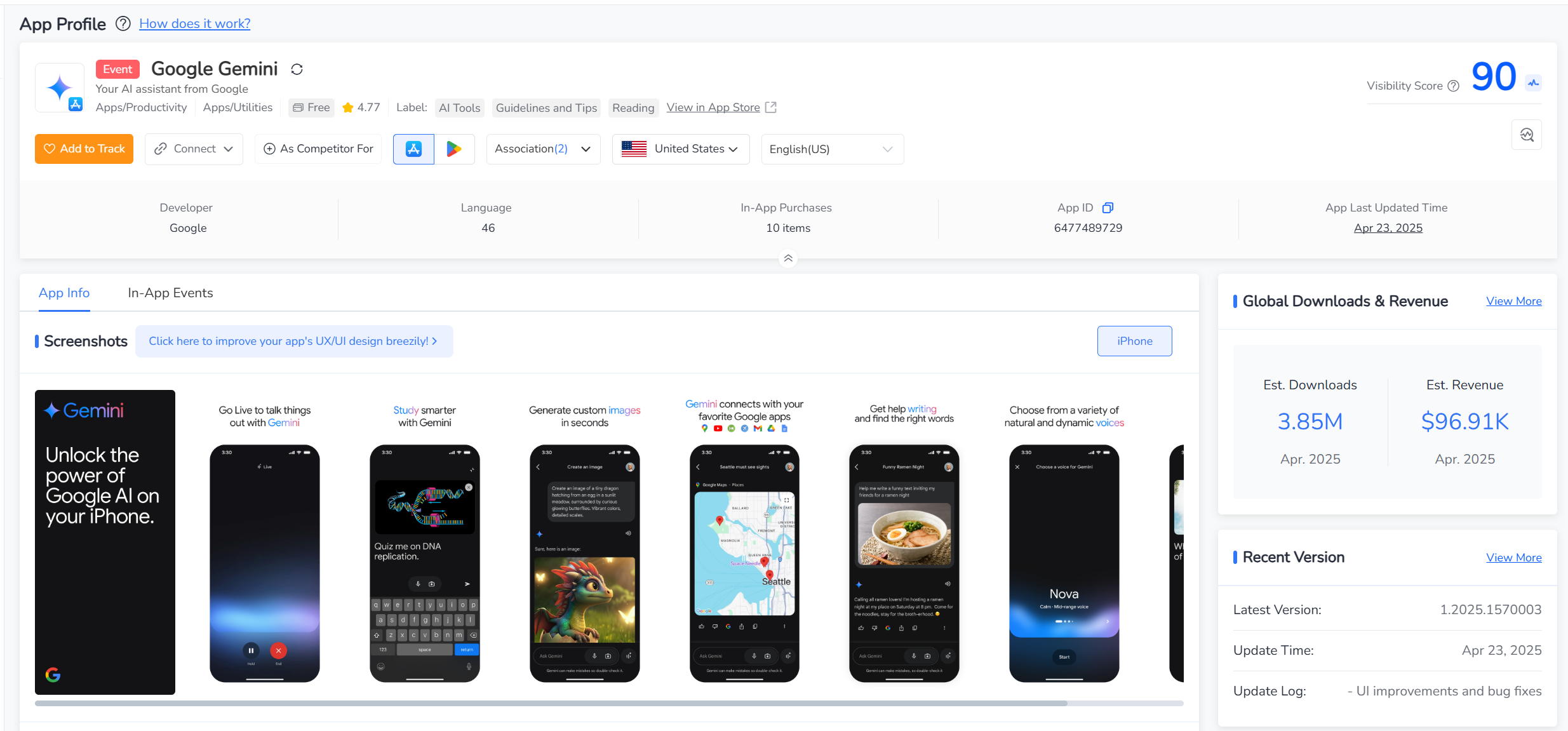
Technical Advantages: Semantic Retrieval + Ecosystem Coupling Architecture
As the AI hub of the Workspace ecosystem, Gemini achieves an end-to-end process of document semantic analysis (such as automatic meeting minutes generation) and data cleaning through API-level integration with Google Docs and Sheets. Its "knowledge traceability mechanism" ensures that answers are based on current ecosystem data (timeliness advantage of 98%), but the output granularity is limited by the closed nature of the Google ecosystem.
Common Scenarios: Team Collaboration/Data Visualization
"Your Google Drive Personal Assistant": When writing a report in Google Docs, Gemini can automatically complete paragraphs; when organizing Google Sheet data, input "Please generate a sales trend bar chart," and it will directly insert the chart and mark key data.
Technical Highlights:: Semantic analysis engine deeply coupled with Workspace, response delay <0.5 seconds, but cannot call external web data (closed ecosystem limitation).
● Perplexity: Academic-Grade Search Engine with Knowledge Verification
Technical Advantages:
Semantic Search + Citation ValidationUnlike traditional search engines that aggregate web pages, Perplexity employs a dual-verification mechanism combining knowledge graphs and literature tracing, providing answers with DOI-level citations (academic-grade rigor). Its semantic compression algorithm condenses complex information into summaries retaining 85% of the original data density while ensuring zero hallucination.Common Scenarios: Student Research / Market Analysis
A Google-like tool with academic citations: Query "2024 AI-driven medical patent growth data," and it returns: "According to Nature Q3 2024 report, growth reached 37%" with a DOI link.
Technical Advantages: The semantic compression algorithm reduces complex information to 85% density while maintaining zero hallucination (via literature-based validation).
● Grok: Contextual Semantic Analyzer for Social Media
Innovation: Real-Time Social Data + Style Transfer
Powered by a 240 million daily tweet dataset, Grok leverages Tesla-scale engineering for sub-0.8-second response latency. Its humor module, trained on Elon Musk's discourse patterns, generates responses with irony and tech-geek flair, excelling in tech trend analysis.
Common Scenarios: Rapid Social Trend Decoding
Musk-style trend interpreter: When encountering a post claiming "AI will replace 40% of jobs," ask Grok: "Is this backed by data?" It replies: "McKinsey's 2024 report says 32%, concentrated in customer service and manufacturing—though I might be drunk on coffee and making it up."
Technical Highlights: Real-time analysis of 240M daily social inputs, supports code generation and scientific computing, now free with Grok3.
● Claude: Contextual Content Generator with Consistency Engine
Breakthrough: Ultra-Long-Form Understanding + Stylistic Cohesion
Claude uses a 200-layer Transformer architecture to anchor semantics across extended conversations (99.3% coherence). Its multilingual transfer learning excels in Japanese-English content creation, ideal for human-like business communication.
Common Scenarios: Email Drafting / Campaign Copywriting
A brainstorming partner without derailment: Input "Create 10 Valentine's Day concepts focusing on warmth," and Claude generates ideas like "AI Custom Love Diary: Turn chat logs into personalized keepsakes," maintaining coherence over 10+ rounds.
Technical Edge: 200-layer Transformer ensures long-form consistency (99.3%), ideal for bilingual scenarios.
● Liner: Style-Cloning Writing Engine
Core Technology: Text Fingerprinting + Style Transfer
Upload 5+ documents to build an author fingerprint, enabling content matching 87% stylistic similarity. Its entropy compression algorithm boosts blog efficiency by 40%, though free-tier API limits (QPS ≤0.1) may hinder enterprise use.
Common Scenarios: Consistent Content Creation / Story Continuation
A digital penmanship replicator: Train Liner on your blog posts, then input "Continue last week's sci-fi chapter," and it generates text with 87% stylistic alignment.
Usage Tip: Free tier allows 50 daily queries; enterprises need Pro (QPS ≥2).
● Felo: Knowledge Graph Accelerator
Value Proposition: Information Compression + Visual Reasoning
Using semantic network algorithms, Felo converts long texts into topological knowledge graphs (92% node extraction accuracy). Its mindmap generator boosts comprehension efficiency by 60% for complex topics like SEO guides, ideal for academic and business analysis.
Common Scenarios: Exam Prep / Meeting Summaries
A compression black box: Upload a 20-page SEO tutorial and input "Generate a mindmap," Felo outputs: "Core Elements → Keyword Analysis → Content Optimization → Technical Implementation," condensing key points in 3 minutes.
Technical Validation: 92% semantic extraction accuracy for research and business use.
Technical Synthesis
These tools form a 3-tier productivity pyramid:
- Universal Cognitive Layer: Gemini/ChatGPT for foundational tasks
- Vertical Application Layer: Claude/Liner for specialized content
- Knowledge Deepening Layer: Perplexity/Felo for advanced analysis
Adopt toolchain strategies (e.g., Gemini + Claude for document generation + style optimization) to maximize ROI.
FoxData Insights: Mobile Marketing Dynamics
Based on FoxData's data, the keyword "AI" boasts a popularity score of 75/100, indicating significant user interest in apps related to this term. With 233 apps currently vying for visibility under the "AI" keyword, competition is intensifying.
Within the last 24 hours, apps utilizing this keyword have garnered 1024 installs, indicating sustained high user interest. The keyword's maximum reach is estimated at 252,054 potential users, presenting a prime opportunity to boost app visibility through strategic keyword optimization.
Conclusion: The AI-Driven Marketing Revolution
The data underscores a pivotal shift: With "AI" driving 250K+ user interest and daily installs, mobile marketing has entered a zero-sum battle. Developers must combine keyword strategies and AI tools to stand out.
This reflects deeper industry evolution: Marketers and developers are embedding generative AI into mobile ecosystems. Tools like Kling automate copywriting, predict user behavior, and deliver real-time personalization, reshaping ad-to-app experiences. To capitalize on the 1,024 daily installs, leveraging AI for keyword optimization, content generation, and user experience innovation is now table stakes.
In short, AI is both the entry ticket to the red ocean and the growth accelerator—only those who integrate generative AI into marketing strategies will dominate users' minds as "the smart solution."
🔍 Want to track an AI app’s performance or compare it with others?
🚀 Try FoxData now to unlock AI tool battle reports & competitor analysis!
🔗 Tap here—your data superpower is waiting! 🔥


